ENERGY SOLUTIONS
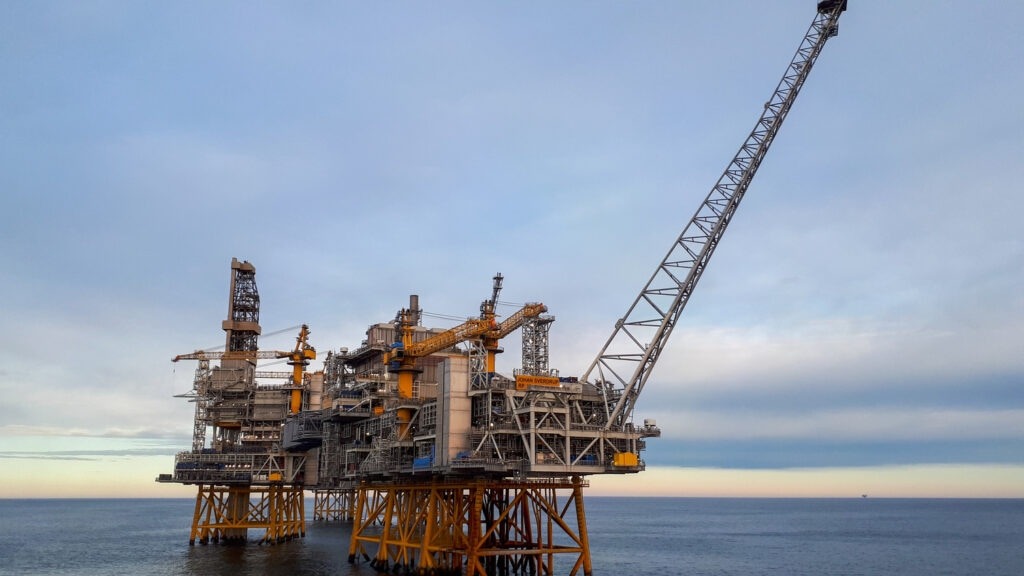
SOLUTION FOR THE DIGITALIZATION OF OFFSHORE OIL & GAS FIELDS
The continuing quest for safer, more efficient and cost-effective operations, and the need for improved control of HSE risks, drives the requirement for real-time information on equipment and/or environment conditions. This real-time information allows an operator to safely and efficiently optimize their operational and management decision making.
ASN has unique expertise in designing and installing subsea optical fibre cable systems for long distance powering and high-speed communications, and for fibre sensing applications. These provide real-time information that is instrumental to timely operational decision making, and the digitalization of offshore O&G production, which can provide both a safer and more cost-effective operational environment.
ASN supports its customers’ needs all through the system’s life cycle, from design, engineering, manufacturing, marine installation, to commissioning and maintenance.
ASN has an unparalleled track record of delivering robust and highly reliable subsea systems all over the world, allowing ASN to be considered as a trusted partner by many major O&G operators.
OFFSHORE PLATFORM CONNECTIVITY
Connecting offshore Oil & Gas platforms to shore with ultra-high telecommunication capacity with low latency and very high availability, to enable digitalization and remote operations.
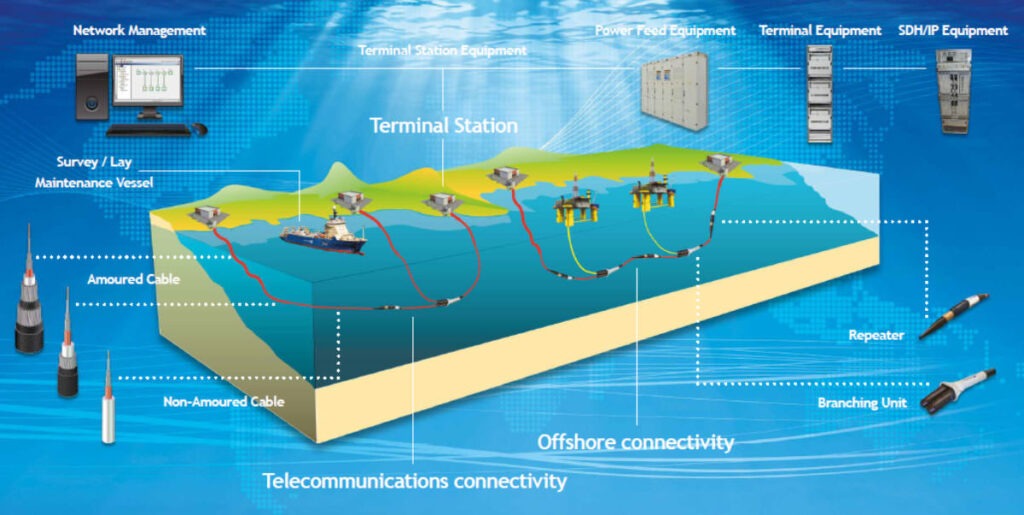
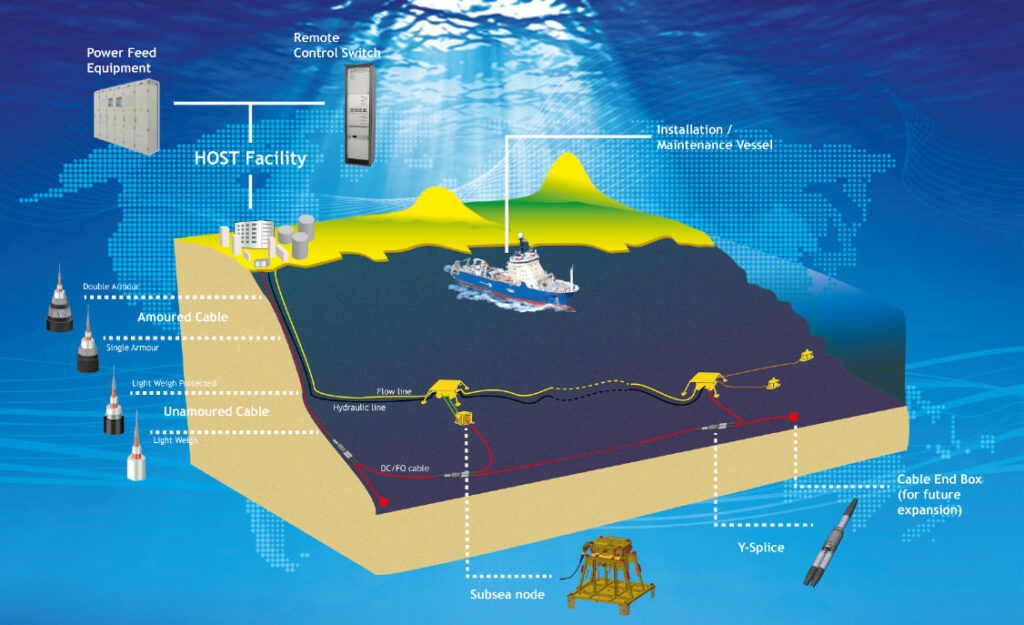
SUBSEA CONTROL INFRASTRUCTURE (DC/FO)
Delivering large power and communication to subsea production systems (SPS) from onshore or offshore host facility.
A standardized, flexible and scalable infrastructure solution most suitable for :
• Increased subsea monitoring applications
• Long step-outs
• All-electric SPS
PERMANENT RESERVOIR MONITORING (PRM) FOR 4D SEISMIC
An ultra-reliable passive optical sensor cabled infrastructure for :
• Increased reservoir management efficiency and enhanced oil recovery
• Improved HSE (micro-seismic & overburden monitoring)
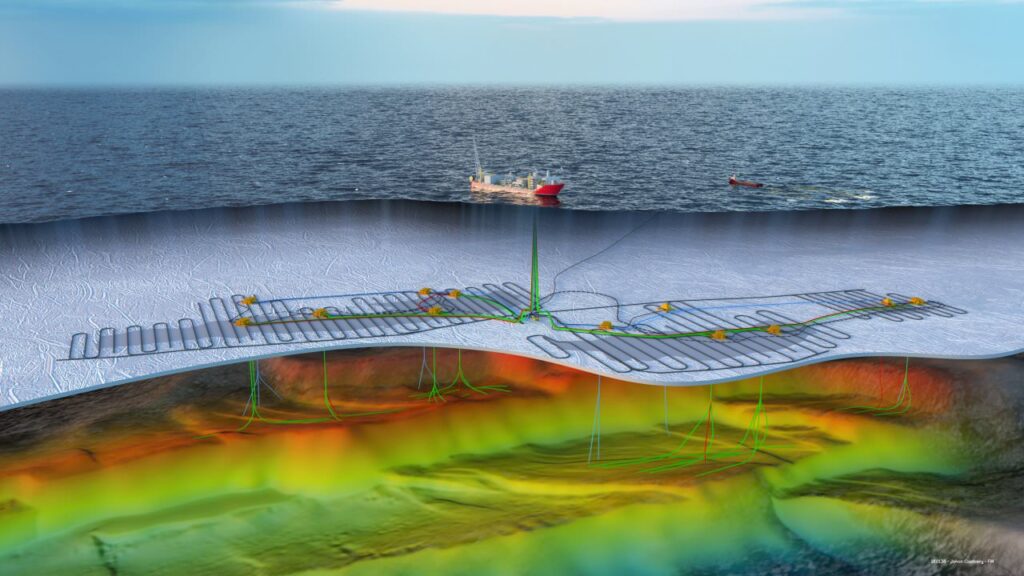
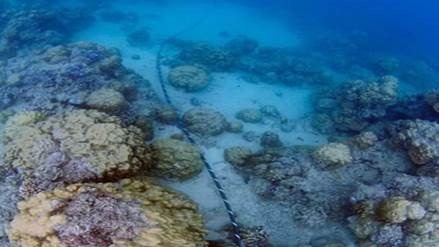
DISTRIBUTED ACOUSTIC SENSING (DAS)
Using standard optical fibre for low-noise in-well monitoring and long-range seabed monitoring

